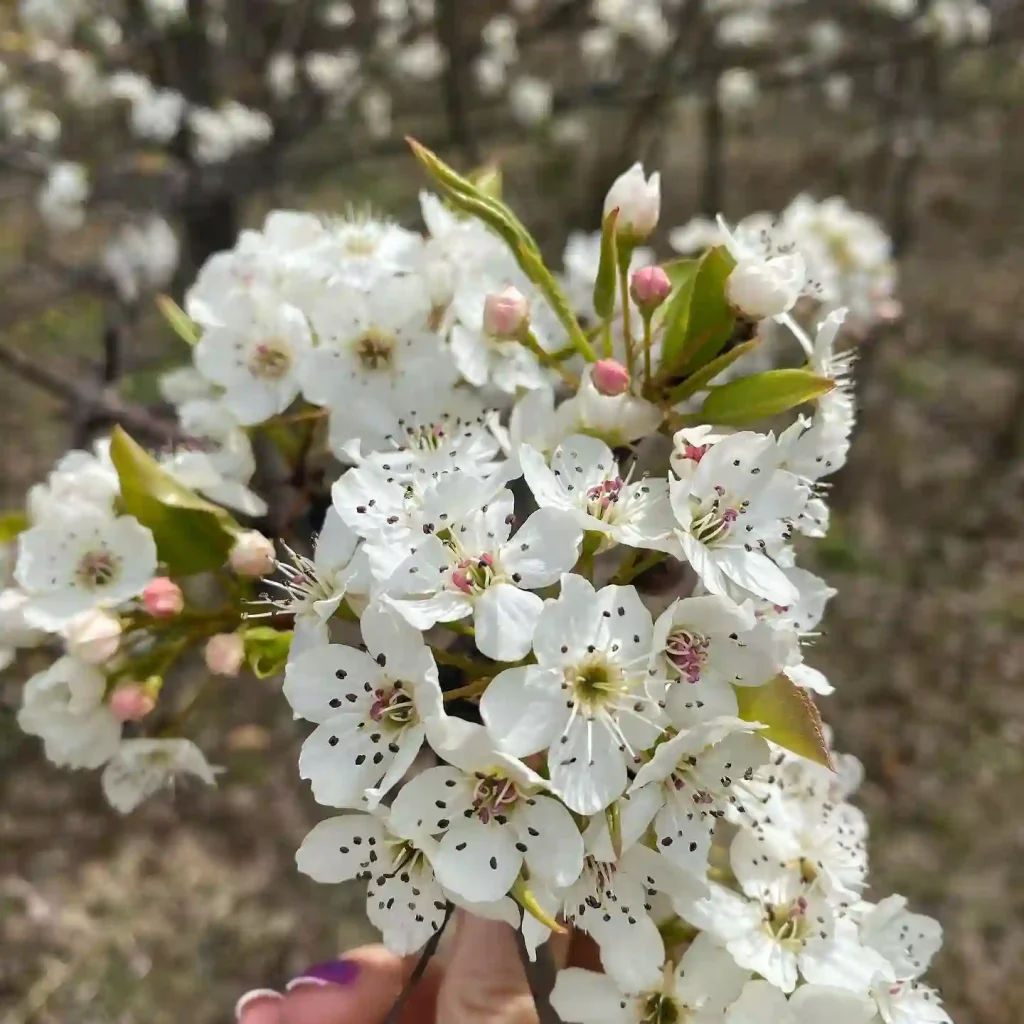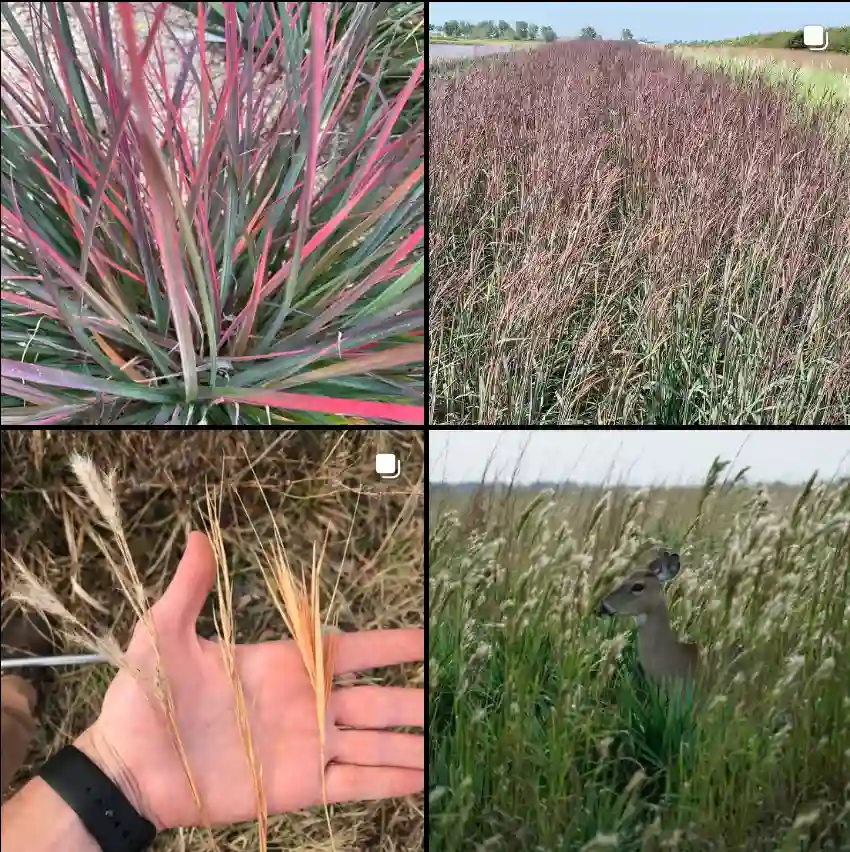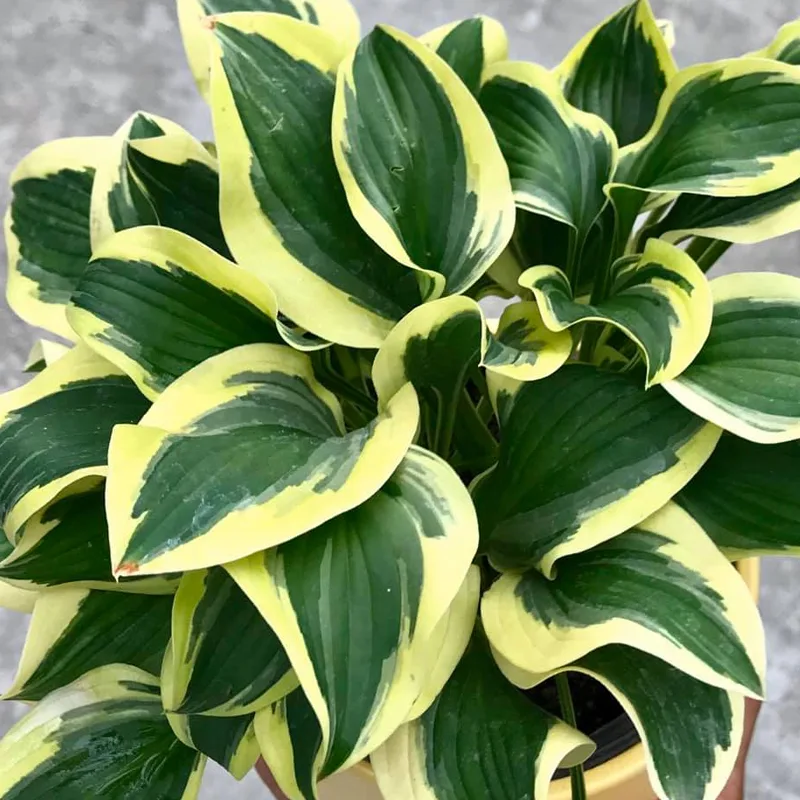The Allure of the False Agave: A Plant with Hidden Depths
There’s a certain mystique to the False Agave. At first glance, it appears rugged and unforgiving, its spiky, sword-shaped leaves reminiscent of the harshest deserts. Yet, beneath this prickly exterior lies a surprisingly adaptable and low-maintenance plant. Over the years, caring for False Agaves has become a passion of mine, and I’d love to share some of the knowledge I’ve gleaned.
304 Species in Genus Agave
What Makes the False Agave Tick?
The False Agave, true to its name, isn’t actually an Agave at all. Belonging to the genus Furcraea, it’s a close relative, but with some key distinctions. For one, False Agaves tend to be faster-growing and more cold-hardy than their Agave counterparts.
What the False Agave Looks Like?
The False Agave’s beauty lies in its simplicity. Sword-like leaves, typically green or variegated with creamy white stripes, erupt from a central crown. These leaves, while pointed, lack the sharp teeth found on true Agaves, making them a safer choice around pets and curious children. Mature plants can reach heights of 4-5 feet, with a spread of 6-7 feet, creating a dramatic focal point in any garden.
False Agave vs Agave Americana
When I compared False Agave and Agave Americana, I noticed that the False Agave has a more compact, rosette-like appearance, making it ideal for smaller garden spaces where Agave Americana’s sprawling size might overwhelm. I found the Agave Americana to be quite striking with its large, bold leaves, but its size and sharp spines made it a bit intimidating to work around, especially in tighter areas of my garden.
Sun-Kissed or Sea Breeze? Where False Agaves Thrive?
False Agaves are champions of sun exposure, flourishing in full sun locations. They’ll tolerate some afternoon shade in particularly hot climates, but overall, the more sun they get, the happier they’ll be. This sun worship extends to their salt tolerance as well. False Agaves are surprisingly resilient to coastal environments, making them a perfect choice for beachfront gardens.
How Big Do False Agaves Get?
The ultimate size of your False Agave will depend on the specific variety you choose. The common False Agave (Furcraea foetida) can reach a mature height of around 4-5 feet. However, its variegated cousin, Furcraea foetida ‘Mediopicta,’ can stretch upwards of 7 feet tall. Remember, these are slow growers, so don’t expect them to reach their full potential overnight.
Keeping Your False Agave Thriving: Simple Care for Stunning Results
The beauty of False Agaves lies in their minimal needs. They’re drought tolerant champions, thriving on neglect when it comes to watering. In fact, overwatering is one of the most common mistakes with these plants. Let the soil dry completely between waterings, and err on the side of underwatering rather than overwatering. When it comes to soil, well-draining is key. A sandy loam mix is ideal, allowing excess water to escape freely.
False Agaves are relatively pest and disease resistant. However, they can be susceptible to mealybugs, which appear as cottony white masses on the leaves. Thankfully, these can be easily controlled with insecticidal soap or neem oil.
Propagating Your Patch of Paradise: Multiplying Your False Agave
Sharing the beauty of False Agaves is easy. These plants can be propagated through offsets, or pups, that emerge from the base of the mother plant. Carefully remove the pup, allowing the cut end to callous over for a day or two. Then, plant it in a well-draining potting mix and keep it moist until new growth appears.
Why Your False Agave Might Be Changing Colors?
While False Agaves are generally low-maintenance, a change in color can sometimes signal a problem.
- Bronzed Beauties: If your False Agave’s leaves are turning brown, it’s most likely a sign of underwatering. Give your plant a good soak and adjust your watering schedule to prevent future browning.
- Lightening Up: Conversely, leaves that are turning a lighter shade of green could be due to excessive sunlight. Try providing some afternoon shade, especially during the hottest part of the day.
Planting Partners: Designing with False Agaves
False Agaves add a touch of drama and texture to any garden. They pair beautifully with other succulents like aloe vera and yucca, creating a low-water oasis. For a touch of contrast, try planting them alongside ornamental grasses or flowering perennials.
With their architectural form and easygoing nature, False Agaves are a welcome addition to any garden. By understanding their basic needs and providing the right environment, you can enjoy the beauty of these captivating plants for years to come.
If i die, water my plants!



